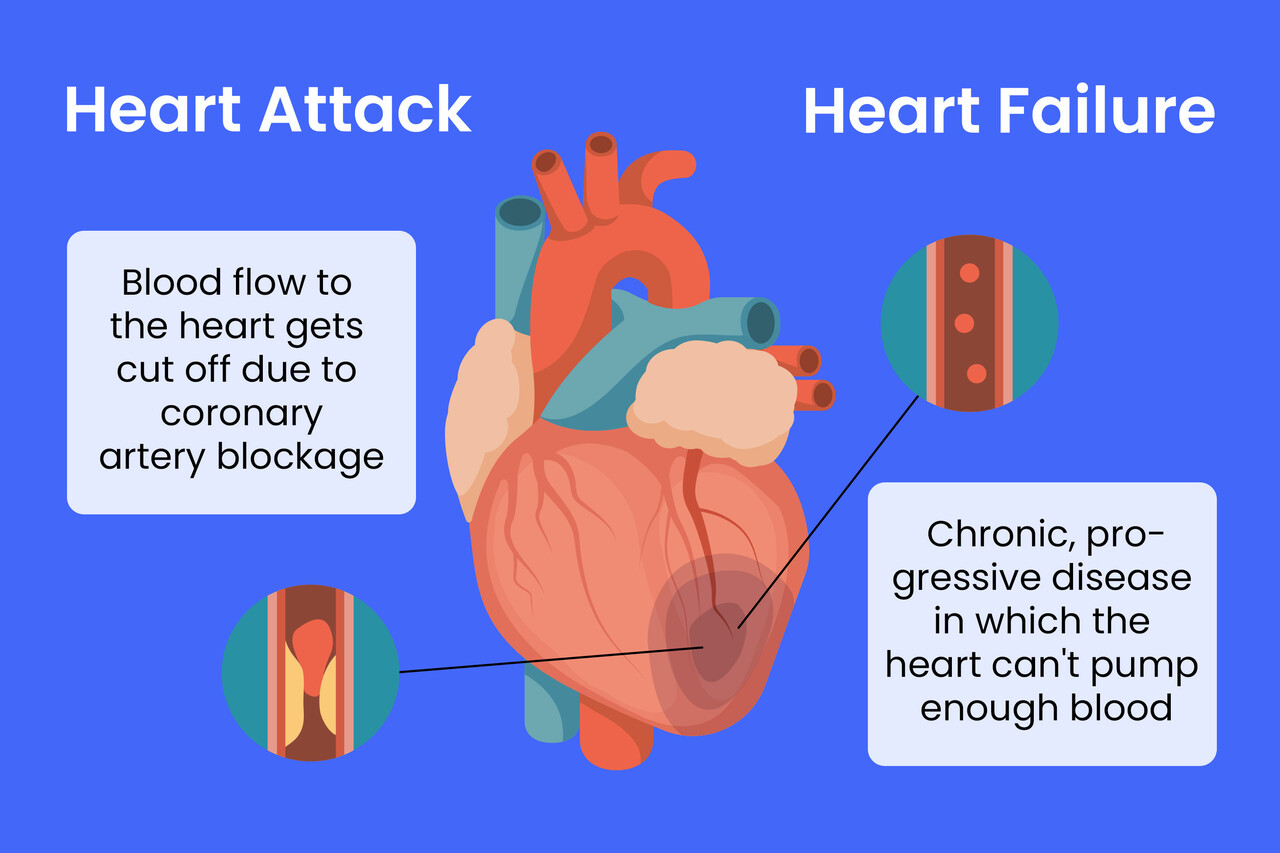Brain Cancer new hope

Experimental CAR T-Cell Therapy Shows Promise for Children with Fatal Brain Cancer
Experimental CAR T-Cell Therapy Shows Promise for Children with Fatal Brain Cancer
Breakthrough Treatment Shrinks Tumors
In a small clinical trial, an experimental CAR T-cell therapy—a form of immunotherapy that harnesses a patient’s immune cells to target cancer—led to significant tumor shrinkage in children and young adults with diffuse midline gliomas (DMG). These aggressive brain and spinal cord cancers typically result in death within a year of diagnosis.
Key outcomes from the trial included:
• Tumor shrinkage in 7 of 11 patients.
• Improved neurological function, with many participants regaining abilities like walking, hearing, and tasting.
• A median survival of nearly 2 years, with some patients living beyond 2.5 years.
How the Therapy Works
This therapy targets GD2, a molecule highly expressed in DMG tumors but minimally found in normal brain cells. Researchers at Stanford University engineered patients’ T cells to recognize and destroy GD2-expressing tumor cells. Unlike traditional CAR T-cell therapies used for blood cancers, this approach involved multiple infusions, administered directly into the brain to minimize inflammation and maximize effectiveness.
Notable Trial Results
• Dramatic Responses: One patient achieved a complete tumor disappearance and has remained cancer-free for 4 years.
• Neurological Improvements: All 9 patients who responded to the therapy experienced functional gains, such as regaining mobility or sensory abilities.
• Innovative Delivery: Direct brain infusion reduced inflammation and improved efficacy compared to intravenous administration.
Challenges and Future Directions
Despite promising results, some patients experienced tumor recurrence. Researchers aim to:
1. Understand why some patients respond better than others, focusing on tumor microenvironment factors.
2. Optimize treatment protocols, including avoiding pre-treatment chemotherapy for certain patients.
3. Expand trials to include patients at other medical centers in a planned phase 2 trial.
Implications for the Future
This trial marks a potential turning point for treating solid tumors, long considered challenging for CAR T-cell therapies. Insights from this research are also being applied to other cancers, such as neuroblastoma, osteosarcoma, and glioblastoma.
Conclusion
The GD2 CAR T-cell therapy offers hope to children and young adults facing a devastating diagnosis. While challenges remain, this breakthrough represents a major step toward improving survival and quality of life for patients with diffuse midline gliomas.
Stay updated with the latest in innovative cancer treatments at WisePathway.org.
